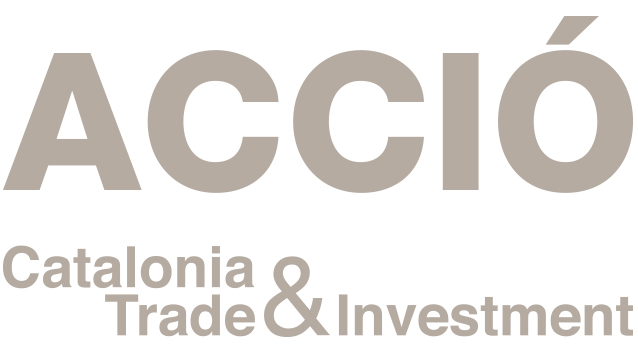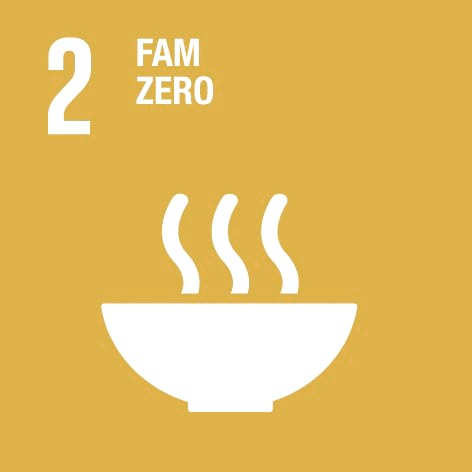In search of a sustainable greenhouse using ambient humidity
The UOC is involved in designing a cultivation system aimed at water self-sufficiency in a Mediterranean climateIt is based on creating a system for collecting water using ambient humidit
The WINE group at the IN3 will provide the radio-frequency sensors for monitoring soil moisture

The Universitat Oberta de Catalunya (UOC) and the Barcelona-based company LENIUM have launched a joint research project to design an irrigation system that could make an important contribution to making agriculture more sustainable and adapted to climate change against the current backdrop of drought. The project – which is being funded by the Nuclis programme for R&D projects to address climate change in 2023 developed by the Government of Catalonia's Agency for Business Competitiveness (ACCIÓ) – focuses on cultivation in greenhouses. It aims to create a device to capture and store water from ambient humidity, which will then be used to irrigate crops in greenhouses according to the needs determined by a network of underground sensors.
The Ambient Humidity Efficient Irrigation System project will last three years, and the final year will focus on tests under real cultivation conditions in a 250 square-metre greenhouse at the Institute of Agrifood Research and Technology (IRTA) in Cabrils. Joan Melià, a member of the Faculty of Computer Science, Multimedia and Telecommunications and a researcher with the Wireless Networks (WINE) research group at the Internet Interdisciplinary Institute (IN3), is leading the UOC's participation. As an expert in radio-frequency identification, he will be in charge of designing the greenhouse sensor system to monitor the humidity.
“The advantage of these sensors is that they do not have any batteries, and they work passively using the energy of the radio-frequency waves sent by the reading device”
Radio-frequency waves to detect humidity
"We will be working with ultra-high frequency radio-frequency identification devices (UHF RFID) like the ones on clothing labels in stores. It's a standard technology that will be linked to a series of antennas that have been adapted or redesigned for the project," explained Melià. Because the presence of water prevents the antennas from working properly, a special software package and the knowledge acquired in previous research will enable the UOC researchers to interpret the properties of the waves that the sensors send to the antennas, and translate them into soil moisture values. In particular, they will focus on aspects including the strength and phase of the signal, and the frequency and reading channel, among other values.
"The advantage of these sensors is that they do not have any batteries, and they work passively using the energy of the radio-frequency waves sent by the reading device. A few antennas can power dozens of sensors, which are also reusable and cost very little – just a few cents. If we can demonstrate their viability, we could monitor crops very precisely and economically," said the UOC researcher.
Monitoring the humidity levels in soil cultivation will be a key aspect of the project, as the dehumidification process will only produce a limited amount of water, which means it must be used as efficiently as possible. Although the project is linked to a Mediterranean climate because it will be tested in a greenhouse in the Maresme region near Barcelona, the researchers believe that, if successful, it would be easy to adapt it to other areas with relatively humid climates.
Technology tests next spring
According to the schedule for the project, the validation phase of the technology will begin in the spring of next year, with a test under real conditions with crops of tomatoes, courgettes or beans, depending on the time of year. Among other factors, this phase of the research will determine whether it is more beneficial to install moisture collectors inside or outside greenhouses, and whether sufficient water is obtained. The soil moisture sensors developed by the UOC will be compared in underground growing conditions at various depths (10, 20 and 40 cm) with the values indicated by other sensors that are already available on the market and which use other technologies.
The irrigation in the greenhouse will be a drip system, and the dose will be calculated based on the plants' evaporative demand according to climate data, and adjusted according to the water content of the soil determined by the sensors. The project also aims to monitor production of the various crops in order to calculate the kilograms produced by the irrigation water provided and to determine whether this system is close to self-sufficiency, and therefore close to being considered a sustainable greenhouse.
University-business partnership
This UOC research project is being carried out with LENIUM, a company specializing in financing and undertaking renewable energy and circular economy projects with largescale consumers, mainly in North Africa and the Sahel. LENIUM also works on research and development, focusing on the field of agrivoltaics, which produces solar energy in the countryside while agriculture and livestock farming continues, and obtaining water through renewable energies in arid or water-stressed areas. This project is a step towards the design of a greenhouse for cultivating vegetables that is sustainable and self-sufficient in energy and water. While the company's research team is working on creating the device with absorbents and panels to retain water when the relative humidity exceeds 30%, the UOC researchers will be implementing the sensor system.
With the support of ACCIÓ.
This research contributes to UN Sustainable Development Goals (SDGs) 2. Zero Hunger, 12. Responsible Consumption and Production, and 13. Climate Action.
UOC R&I
The UOC's research and innovation (R&I) is helping overcome pressing challenges faced by global societies in the 21st century by studying interactions between technology and human & social sciences with a specific focus on the network society, e-learning and e-health.
Over 500 researchers and more than 50 research groups work in the UOC's seven faculties, its eLearning Research programme and its two research centres: the Internet Interdisciplinary Institute (IN3) and the eHealth Center (eHC).
The university also develops online learning innovations at its eLearning Innovation Center (eLinC), as well as UOC community entrepreneurship and knowledge transfer via the Hubbik platform.
Open knowledge and the goals of the United Nations 2030 Agenda for Sustainable Development serve as strategic pillars for the UOC's teaching, research and innovation. More information: research.uoc.edu.
Experts UOC
Press contact
-
Anna Sánchez-Juárez





